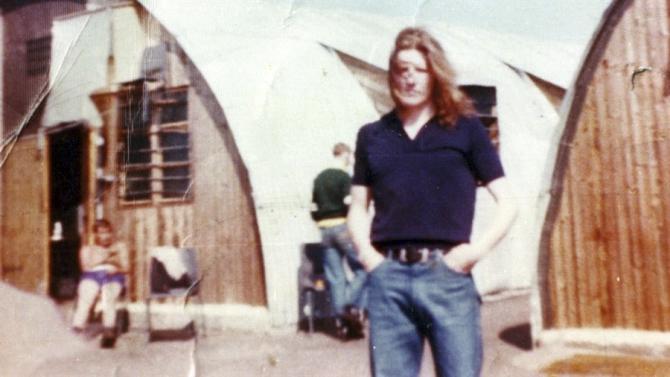From a Hunger Strike To a Revolution
Courtesy of Russ Posternak
Bobby Sands: 66 Days documents the story of a young Irishman who went on a hunger strike against the IRA.
November 28, 2016
The people who are able to change the world and are etched into history as leaders are those who stay undyingly true to what they believe in. “Bobby Sands: 66 Days” tells the story of a young man whose decision to go on hunger strike changed the course of a conflict and shaped a generation. His story took place during the tail end of the 30-year conflict in Northern Ireland during the 20th century, now referred to as the Troubles. The fight was between the unionists and the nationalists, who were led by the Irish Republican Army. The former wished to remain under British rule, while the latter hoped to gain independence and unify Ireland.
On March 1, 1981, Bobby Sands began a hunger strike with the goal of being recognized as a political prisoner. The strike was planned to last for 66 days. After a short while, this gesture sparked an alarming amount of support from the Irish people. They began protesting on the streets, standing in solidarity with Sands’ motive.
Sands’ refusal of food is in direct contrast to his participation in the Irish Republican Army’s usual violent tactics: it is peaceful, only a sacrifice of his own life. As the film quotes, “it is not those who can inflict the most, but those who can suffer the most who will win.”
“Bobby Sands: 66 Days” is told through archive footage, interviews and, most prominently, the writings from Sands’ own prison journal. His words are beautiful and poetic, showing us the extent of his devotion to his cause. It was obvious from the beginning that this young man was not willing to waver in his convictions; from day one, he understood that he would die and that he would need to in order to generate a change.
The film raises concerns over the killings committed by the IRA and presents the conflict to viewers from both sides. Though many were in support of Irish independence, there were also those who were opposed to the violent actions of the IRA. The thousands of people killed by the IRA were largely overlooked in the rise of Sands, and the critics of the IRA felt that those deaths should be properly acknowledged.
“66 Days” shows a peaceful protest in a country terrorized by brutality. What is most surprising about Sands’ journey, and perhaps even more shocking to all of Ireland in 1981, was the impact it had on improving the battered state of the nation. Sands’ death motivated the end to violence in the Troubles and began to ameliorate relations between England and Ireland. Moreover, the film displays the potency of nonviolent protests; Sands’ hunger strike proved to be more successful than his years of work with the IRA.
The most admirable aspect of Sands’ story is his selflessness. Many people talk about and theorize about what they want to do, but very few actually put their thoughts into action. Though Bobby Sands participated in acts of violence, his final moments were marked by peace and accomplished a remarkable feat for Ireland. In the end, however, we are left with one question: how many people must die before a higher power arrives to the realization that a change needs to occur?
A version of this article appeared in the Monday, Nov. 28 print edition. Email Daniella Nichinson at [email protected].

























































































































































